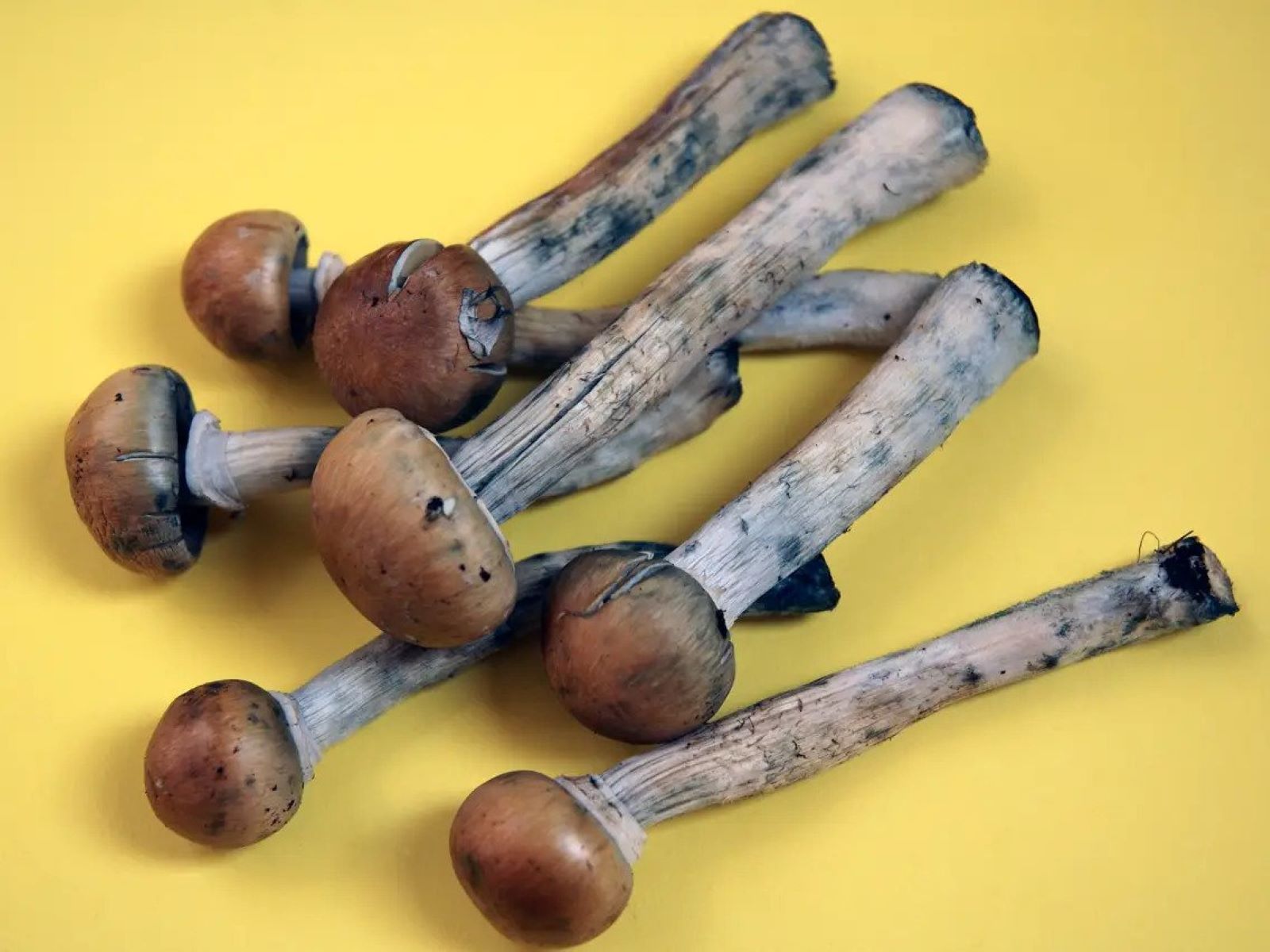

Articles
How To Store Shrooms
Modified: April 22, 2024
Learn how to store shrooms properly with our informative articles. Ensure their potency and freshness for a long-lasting psychedelic experience.
(Many of the links in this article redirect to a specific reviewed product. Your purchase of these products through affiliate links helps to generate commission for Storables.com, at no extra cost. Learn more)
Introduction
When it comes to psychedelic mushrooms, commonly referred to as “shrooms,” proper storage is crucial to maintain their potency and ensure they remain safe to consume. Whether you’ve harvested your own mushrooms or purchased them, knowing how to store them correctly will help preserve their freshness and extend their shelf life.
Storing shrooms is not as simple as tossing them in the pantry or fridge. They require specific conditions to maintain their unique chemical composition and prevent the growth of harmful bacteria or mold. In this article, we will explore the best practices for storing shrooms, including the factors that can affect their longevity, step-by-step storage instructions, and common mistakes to avoid.
Understanding the importance of proper shroom storage begins with recognizing the delicate nature of their psychoactive compounds, the most common being psilocybin. Psilocybin is a naturally occurring psychedelic compound that contributes to the hallucinogenic effects of shrooms. It is sensitive to environmental factors such as heat, light, moisture, and oxygen.
Exposure to these elements can lead to the degradation of psilocybin, resulting in a loss of potency. Additionally, incorrect storage techniques can create a breeding ground for bacteria and mold, which can be harmful if consumed.
Factors such as temperature, humidity, light, and air circulation play a significant role in shroom storage. By understanding how these factors impact the integrity of your mushrooms, you can make informed decisions to extend their lifespan and maintain their potency.
In the next section, we will delve deeper into the specific factors that can affect the storage and longevity of your shrooms.
Key Takeaways:
- Properly storing shrooms is crucial to maintain their potency and safety. Factors like temperature, humidity, and light exposure play a significant role in preserving their integrity.
- Avoid common mistakes such as excess moisture, light exposure, and improper containers when storing shrooms. Follow best practices, including proper drying and airtight containers, to ensure their longevity and potency.
Read more: How To Store Shroom Chocolates
Understanding Shroom Storage
Proper understanding of shroom storage is essential to maintain the potency and quality of your psychedelic mushrooms. There are several factors that can affect the storage of shrooms, including temperature, humidity, light exposure, and air circulation.
Temperature: Shrooms are sensitive to temperature fluctuations. Ideally, they should be stored in a cool place, away from direct heat sources like radiators or sunlight. The optimal temperature for shroom storage is around 65-70°F (18-21°C). Higher temperatures can accelerate the degradation process, leading to a loss of potency.
Humidity: Moisture is one of the biggest enemies of shroom storage. Excessive humidity can promote the growth of mold and bacteria, which can quickly spoil your mushrooms. To prevent this, ensure that your shrooms are stored in a dry environment with a humidity level of around 5-10%. Consider using desiccant packs or silica gel to absorb any excess moisture.
Light Exposure: Light, especially direct sunlight, can cause the breakdown of psilocybin, leading to a decrease in potency. To protect your shrooms from light, store them in opaque containers or wrap them in aluminum foil. This will help shield them from both natural and artificial light sources.
Air Circulation: Proper air circulation is crucial to prevent the growth of mold or bacteria. While shrooms need some airflow, excessive ventilation can dry them out. Place your mushrooms in a well-ventilated spot without exposing them to drafts or fans. Consider using breathable containers, such as paper bags or mesh bags, to allow for some airflow while still protecting them.
By understanding these factors and their impact on shroom storage, you can take the necessary steps to create an optimal environment for your mushrooms. In the next section, we will explore the best practices for storing shrooms to ensure their longevity and potency.
Factors Affecting Shroom Storage
Several factors can significantly impact the storage of shrooms and their overall quality. Understanding these factors will help you make informed decisions and ensure the longevity and potency of your mushrooms.
1. Temperature: As mentioned earlier, temperature plays a crucial role in shroom storage. Extreme heat or cold can lead to the degradation of psilocybin, the psychoactive compound responsible for the psychedelic effects of shrooms. It is best to store your mushrooms at a consistent temperature of around 65-70°F (18-21°C).
2. Humidity: Moisture is the enemy of shrooms. High humidity levels can create a breeding ground for bacteria and mold, which can quickly ruin your mushrooms. Aim for a humidity level of around 5-10% to prevent moisture buildup. Using desiccant packs or silica gel can help absorb excess moisture and maintain the ideal humidity level.
3. Light Exposure: Just like temperature and humidity, light exposure can also degrade the potency of shrooms. Direct sunlight or prolonged exposure to artificial light can break down psilocybin. To protect your mushrooms, store them in opaque containers, or wrap them in aluminum foil to shield them from light.
4. Air Circulation: While proper air circulation is essential to prevent the growth of mold and bacteria, excessive airflow can dry out your mushrooms. Find a balance by storing them in a well-ventilated area that is not exposed to drafts or strong fans. Using breathable containers like paper bags or mesh bags can help maintain a suitable level of airflow.
5. Contamination: Contamination is another factor that can affect the storage of shrooms. Always ensure that your mushrooms are free from any dirt, debris, or other contaminants before storing them. This can help prevent the growth of harmful bacteria or fungi during storage.
By considering and managing these factors, you can create an ideal storage environment for your mushrooms, ensuring their longevity and preserving their potency. In the next section, we will explore the best practices for storing shrooms to help you maintain their quality over time.
Best Practices for Storing Shrooms
To ensure the longevity and potency of your shrooms, it’s crucial to follow best practices for storage. These practices will help maintain the quality and freshness of your mushrooms over an extended period of time. Here are some best practices for storing shrooms:
1. Use Airtight Containers: Store your shrooms in airtight containers to protect them from external factors such as moisture, light, and air. Mason jars, vacuum-sealed bags, or resealable plastic bags are excellent options. Make sure the containers are clean and dry before placing your mushrooms inside.
2. Dry Your Shrooms Properly: Before storing your shrooms, they need to be properly dried to reduce moisture content. Moisture is the main cause of mold growth, which can ruin your mushrooms. Use a desiccant or a dehydrator to ensure your mushrooms are adequately dried before storage.
3. Add Desiccant Packs: Place desiccant packs or silica gel packets inside your storage containers to help absorb any residual moisture and maintain a dry environment. This will prevent the growth of mold and extend the shelf life of your shrooms.
4. Store in a Cool, Dark Place: Choose a cool and dark location to store your shrooms. Avoid areas where temperatures fluctuate, such as near ovens or windows. A cupboard or drawer in a dry room is ideal. The consistent temperature will help maintain the potency of your mushrooms.
5. Keep Away from Strong Odors: Shrooms can absorb odors easily, which can affect their taste and overall quality. Avoid storing them near strong-smelling items like spices or cleaning products. Instead, place them in a dedicated storage area away from strong odors.
6. Label Your Containers: Properly label your storage containers with the strain and date of harvest or purchase. This information will help you keep track of the freshness and potency of your mushrooms. It’s also a good idea to include any specific storage instructions on the label.
7. Regularly Check for Moisture and Mold: Once you’ve stored your shrooms, periodically check them for any signs of moisture or mold. If you notice any issues, promptly remove and discard affected mushrooms to prevent the contamination from spreading.
By following these best practices, you can prolong the shelf life and maintain the potency of your shrooms. Next, let’s explore a step-by-step guide to storing shrooms to ensure you’re doing it correctly.
Store shrooms in a paper bag in the refrigerator to keep them fresh. Avoid storing them in airtight containers as they can become slimy.
Step-by-Step Guide to Storing Shrooms
Storing shrooms properly is essential for maintaining their potency and freshness. Here’s a step-by-step guide to help you store your psychedelic mushrooms correctly:
Step 1: Dry your shrooms: Before storing your mushrooms, it’s crucial to dry them thoroughly. Lay them out on a clean surface or use a dehydrator to remove excess moisture. Proper drying helps prevent mold growth and extends the shelf life of your mushrooms.
Step 2: Prepare airtight containers: Choose airtight containers for storage, such as mason jars, vacuum-sealed bags, or resealable plastic bags. Ensure the containers are clean, dry, and free of any residual odors. Dedicate specific containers for mushroom storage to avoid contamination.
Step 3: Place desiccant packs: To maintain a dry environment within the containers, add desiccant packs or silica gel packets. These will help absorb any remaining moisture and prevent mold growth. Make sure the desiccant packs are food-safe and suitable for use with edible items.
Step 4: Package your shrooms: Place your dried shrooms in the prepared containers. You can leave them whole or grind them into a powder, depending on your preference. Fill the containers, leaving a little space at the top to allow for extra air circulation.
Step 5: Seal the containers: Seal the containers tightly to create an airtight environment. If using resealable bags, squeeze out as much air as possible before sealing. For mason jars, ensure the lids are securely fastened. This will minimize exposure to air and light, preserving the potency of your shrooms.
Step 6: Store in a cool, dark place: Find a suitable storage location that is cool, dark, and free from temperature fluctuations. A cupboard, drawer, or basement area works well. Avoid storing your mushrooms in the refrigerator, as the fluctuating moisture levels can lead to condensation and spoilage.
Step 7: Check periodically: Regularly check your stored mushrooms for any signs of moisture or mold. If you notice any issues, remove and discard affected mushrooms to prevent contamination. Maintaining the cleanliness and condition of your storage containers is essential for long-term storage.
Step 8: Label your containers: It’s essential to label your containers with the strain and date of harvest or purchase. This ensures you can track the freshness and potency of your shrooms accurately. Additionally, you can include any specific storage instructions on the label for future reference.
By following this step-by-step guide, you can store your shrooms properly and prolong their shelf life while preserving their potency. However, it’s crucial to be aware of common mistakes to avoid to ensure your storage efforts are not in vain.
Read more: How To Store Dried Shrooms
Common Mistakes to Avoid
When it comes to storing shrooms, there are some common mistakes that can negatively impact their quality and potency. By being aware of these mistakes, you can ensure that you avoid them and properly store your psychedelic mushrooms. Here are some common mistakes to avoid:
1. Exposing mushrooms to excess moisture: Moisture is one of the biggest enemies of shroom storage. Avoid storing your mushrooms in a damp environment or exposing them to high humidity levels. This can lead to the growth of mold and bacteria, rendering your mushrooms unsafe to consume. Ensure your mushrooms are properly dried before storing them and use desiccant packs to absorb any residual moisture.
2. Allowing exposure to light: Light can degrade the potency of your shrooms. Avoid storing them in direct sunlight or keeping them in a well-lit area. Light exposure can break down the psilocybin, the active compound in shrooms, resulting in a loss of potency. Store your mushrooms in opaque containers or wrap them in aluminum foil to protect them from light.
3. Storing mushrooms in inappropriate containers: Using improper containers can negatively affect shroom storage. Avoid using containers that are not airtight or those that can leach odors. Factors such as air, light, and contaminants can enter and compromise the quality of your mushrooms. Choose airtight containers specifically designed for storing food to maintain the freshness of your shrooms.
4. Not labeling your containers: Neglecting to label your mushroom storage containers can lead to confusion over the strain or date of harvest. Proper labeling helps you keep track of the freshness and potency of your mushrooms. It also allows you to distinguish between different strains if you have multiple types stored.
5. Storing mushrooms without proper drying: Properly drying your mushrooms before storage is crucial. Failing to fully dry them can lead to the growth of mold and the loss of potency. Use a dehydrator or follow proper drying techniques to remove all moisture from your mushrooms before placing them in storage containers.
6. Keeping mushrooms in the refrigerator: Although it may seem intuitive to store mushrooms in the refrigerator, it is not recommended. Refrigerators create a fluctuating environment of temperature and moisture, which can lead to condensation and spoilage. Instead, find a cool, dry, and dark place to store your shrooms at a consistent temperature.
7. Ignoring regular checks for mold or moisture: It’s important to periodically check your stored mushrooms for any signs of mold or excess moisture. If you observe any issues, promptly remove and discard affected mushrooms to prevent the spread of contamination to the rest of your storage. Regular checks help ensure that your mushrooms remain safe for consumption.
By avoiding these common mistakes, you can optimize your shroom storage and maintain the quality and potency of your mushrooms over an extended period of time. Proper storage practices are crucial to ensure a safe and enjoyable psychedelic experience.
Now that you are equipped with the knowledge of best practices and common mistakes to avoid, you can confidently store your shrooms and enjoy them at their best quality and potency when the time comes.
Frequently Asked Questions (FAQs)
Here are some frequently asked questions about storing shrooms:
Q: How long do shrooms typically last in storage?
A: When stored properly, shrooms can retain their potency for several months to a year. However, it’s important to note that the potency may gradually decrease over time. It is best to consume them within the first few months for optimal effects.
Q: Can I store fresh mushrooms instead of dried ones?
A: While it is possible to store fresh mushrooms, they are more prone to moisture and mold growth. Drying your mushrooms before storage significantly extends their shelf life and helps prevent spoilage.
Q: Can I freeze shrooms for long-term storage?
A: Freezing shrooms is not recommended. The freeze-thaw cycle can lead to moisture buildup and damage the mushrooms’ structure, affecting their potency and texture.
Q: How should I handle my shrooms before storing them?
A: When handling your shrooms, ensure your hands are clean and dry. Avoid touching them unnecessarily, as the oils on your skin can potentially transfer and contaminate the mushrooms.
Q: Can I grind my shrooms before storing them?
A: Grinding your shrooms before storage can increase their surface area, making them more susceptible to degradation. It is best to store them whole and grind them just before consumption for optimal potency.
Q: Is it safe to consume stored mushrooms that show slight discoloration?
A: It is best to err on the side of caution and discard any mushrooms that show signs of discoloration or mold growth. Consuming spoiled mushrooms can lead to adverse effects and potential health risks.
Q: How can I tell if my stored mushrooms have gone bad?
A: Look out for signs of mold growth, a foul odor, or a slimy texture. If your mushrooms exhibit any of these characteristics, it’s best to discard them as they may be spoiled and unsafe to consume.
Q: Can I rehydrate dried shrooms that have become too dry?
A: While it is possible to rehydrate dried shrooms, this can affect their texture and potentially introduce moisture, which can lead to mold growth. It’s generally recommended to consume dried mushrooms as is or grind them into a powder for use in recipes.
These are some common questions about storing shrooms. If you have any additional inquiries or concerns, it’s always best to reach out to experienced cultivators or professionals who can provide personalized guidance.
Now that you have a comprehensive understanding of shroom storage, you can confidently store your mushrooms and enjoy their psychedelic properties when the time is right.
Conclusion
Properly storing shrooms is essential for preserving their potency and ensuring a safe and enjoyable psychedelic experience. By understanding the factors that can affect shroom storage, following best practices, and avoiding common mistakes, you can maintain the quality and freshness of your mushrooms over an extended period of time.
Temperature, humidity, light exposure, and air circulation are key factors to consider when storing shrooms. Proper drying, the use of airtight containers, and the addition of desiccant packs help create an optimal storage environment. Storing shrooms in a cool, dark place and regularly checking for mold or excess moisture are also important steps to maintain their integrity.
By avoiding common mistakes such as exposing mushrooms to excess moisture, light, or improper containers, you can ensure that your stored shrooms remain safe for consumption. Regularly checking your mushrooms for any signs of mold or contamination is crucial to prevent the spread of spoilage.
Remember to label your storage containers, keeping track of the strain and date of harvest or purchase. This information helps monitor the freshness and potency of your mushrooms over time.
With the knowledge gained from this article, you are well-equipped to store your shrooms correctly and enjoy them at their best quality and potency. However, it’s important to note that shrooms can vary in potency and effects, so always approach them with caution and in a safe environment.
If you have any further questions or concerns, it’s always best to consult experienced cultivators or professionals who can provide personalized advice.
Now, go ahead and store your shrooms following the best practices outlined here, and enjoy your safe and powerful psychedelic journey whenever the time is right!
Frequently Asked Questions about How To Store Shrooms
Was this page helpful?
At Storables.com, we guarantee accurate and reliable information. Our content, validated by Expert Board Contributors, is crafted following stringent Editorial Policies. We're committed to providing you with well-researched, expert-backed insights for all your informational needs.




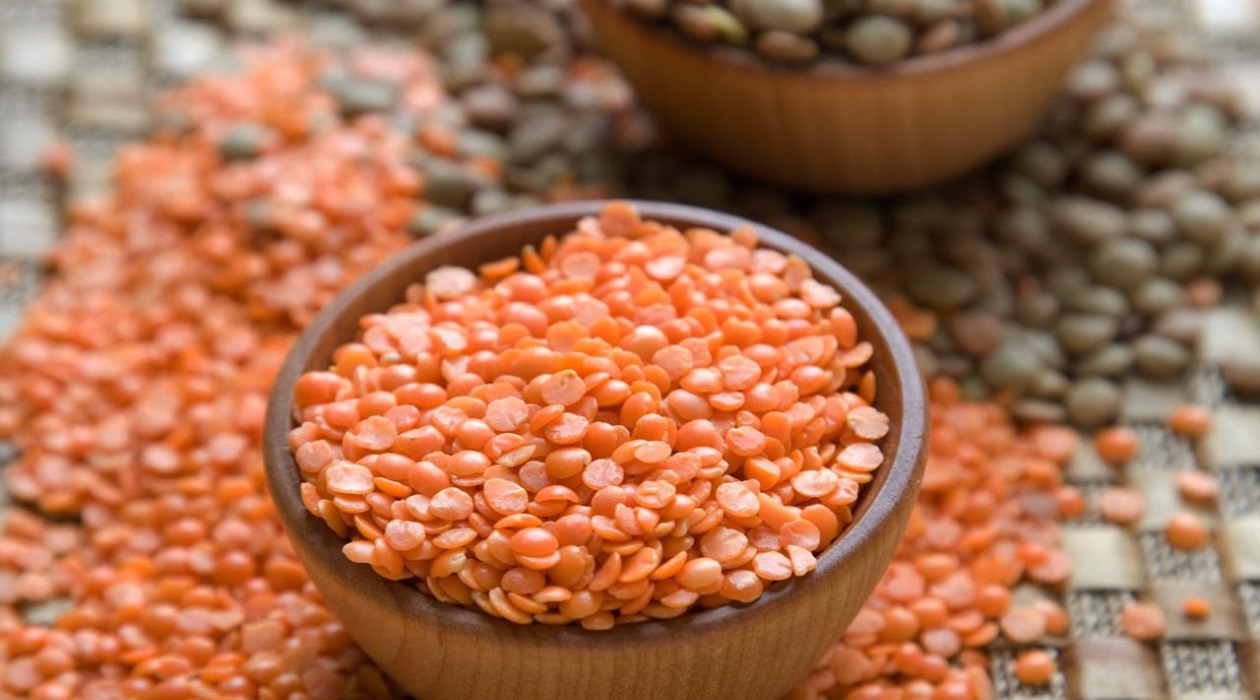
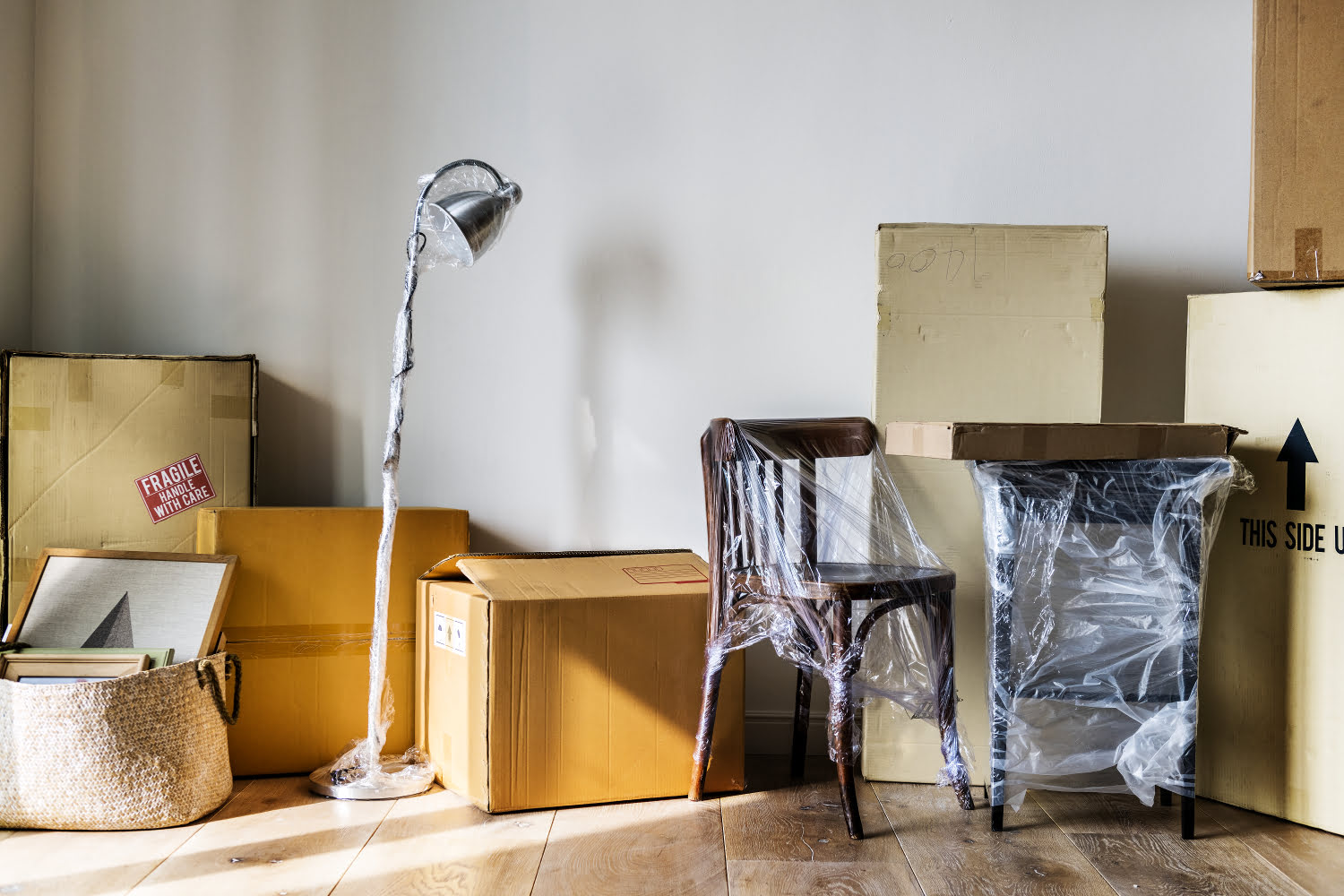
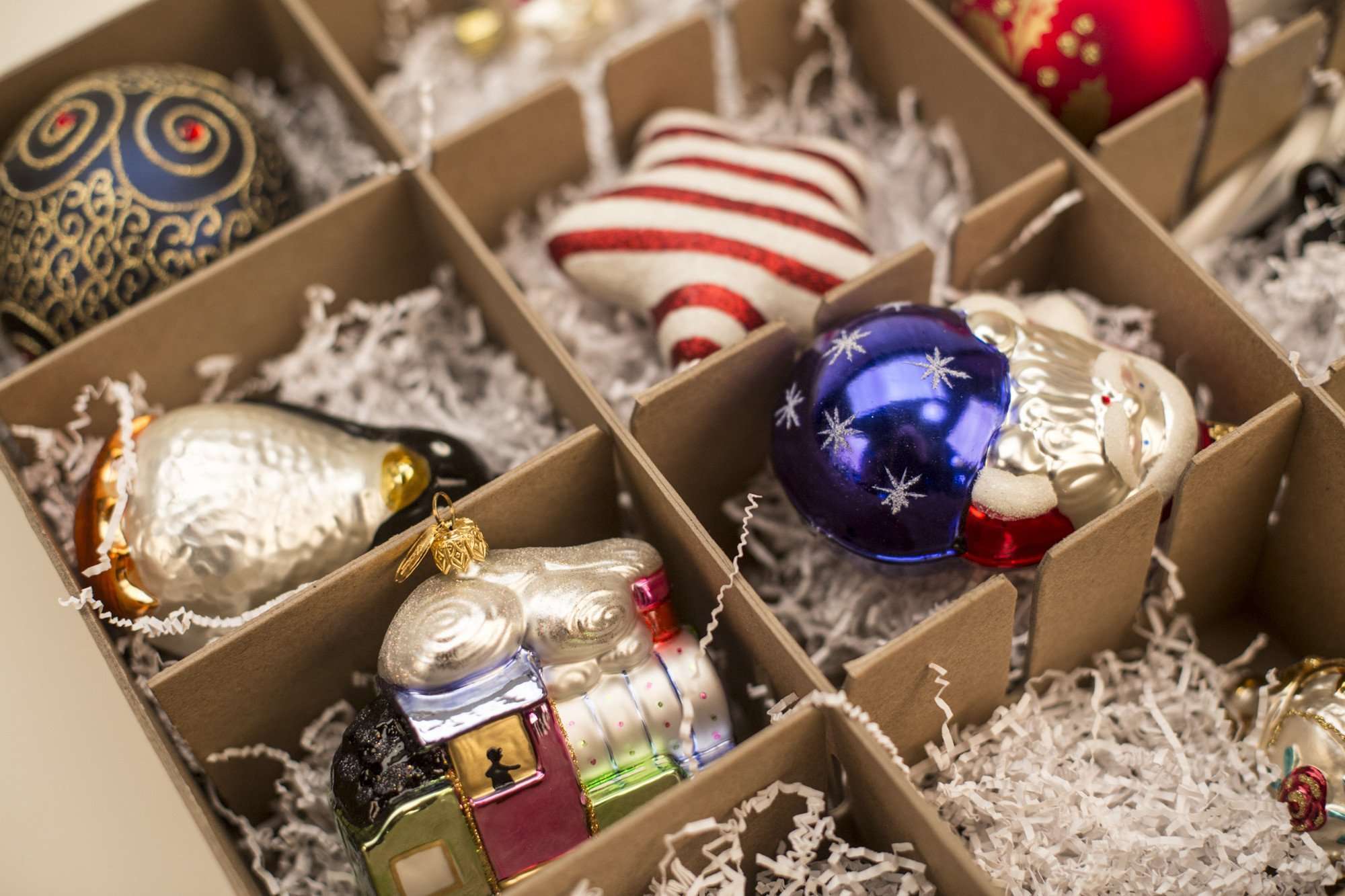
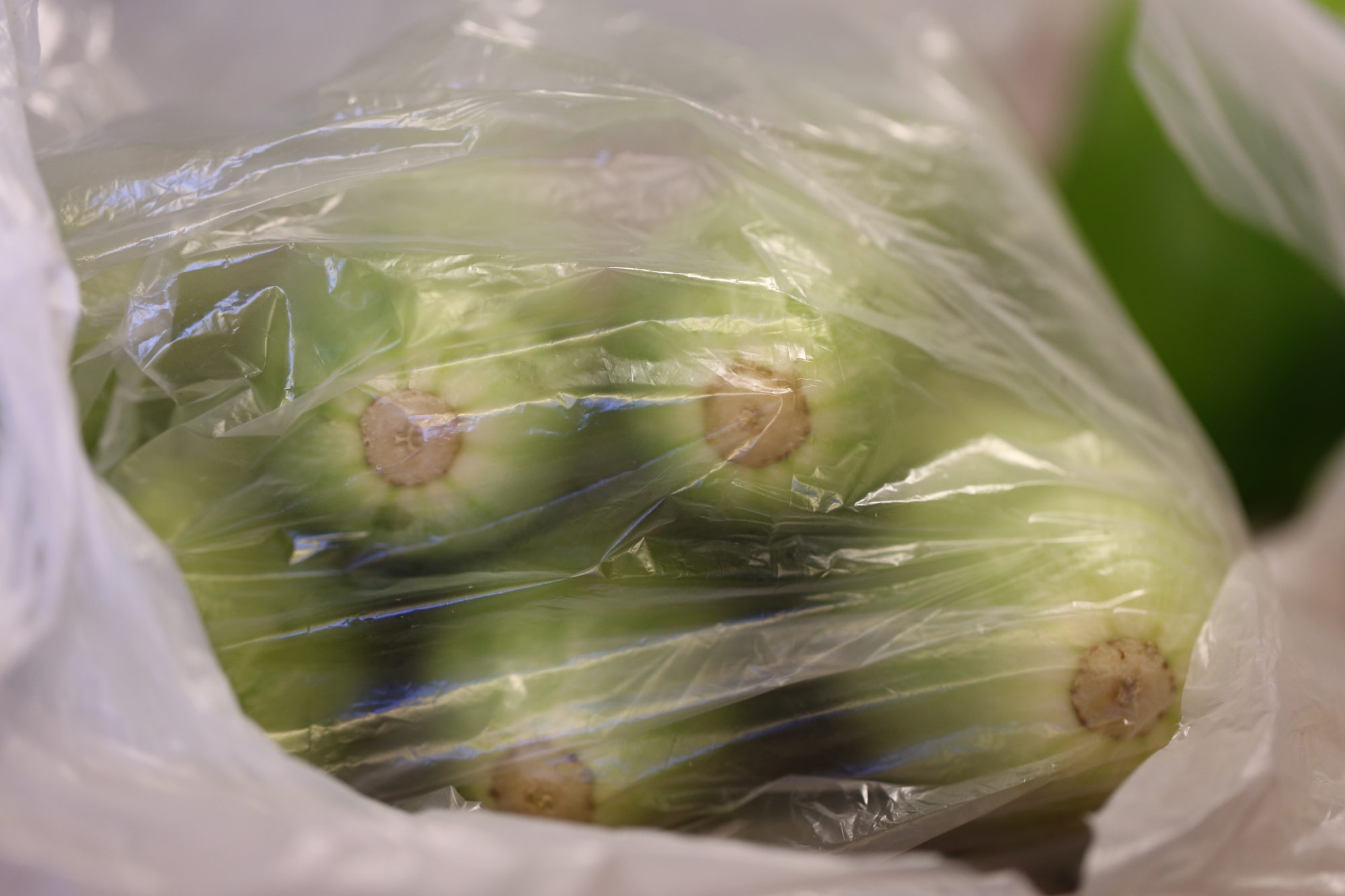

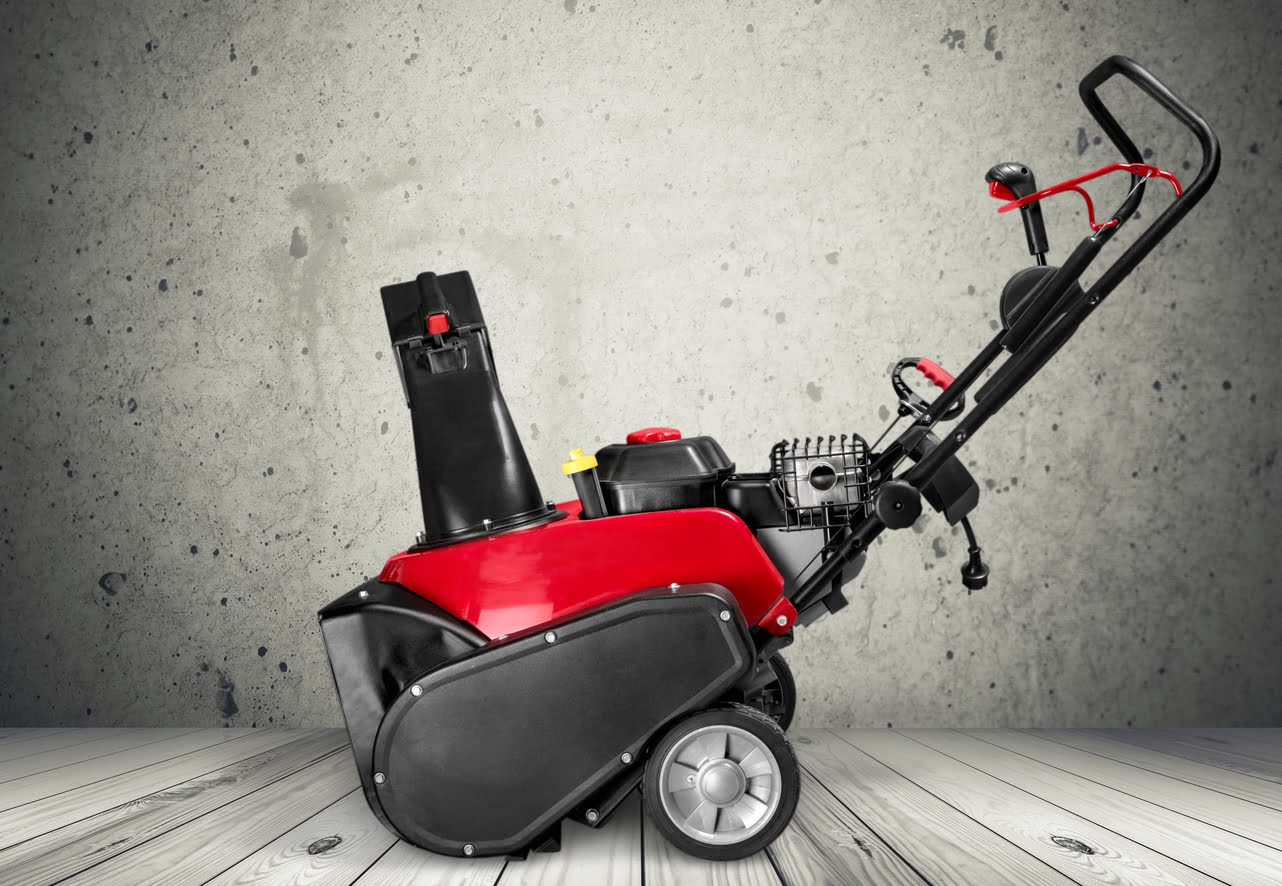
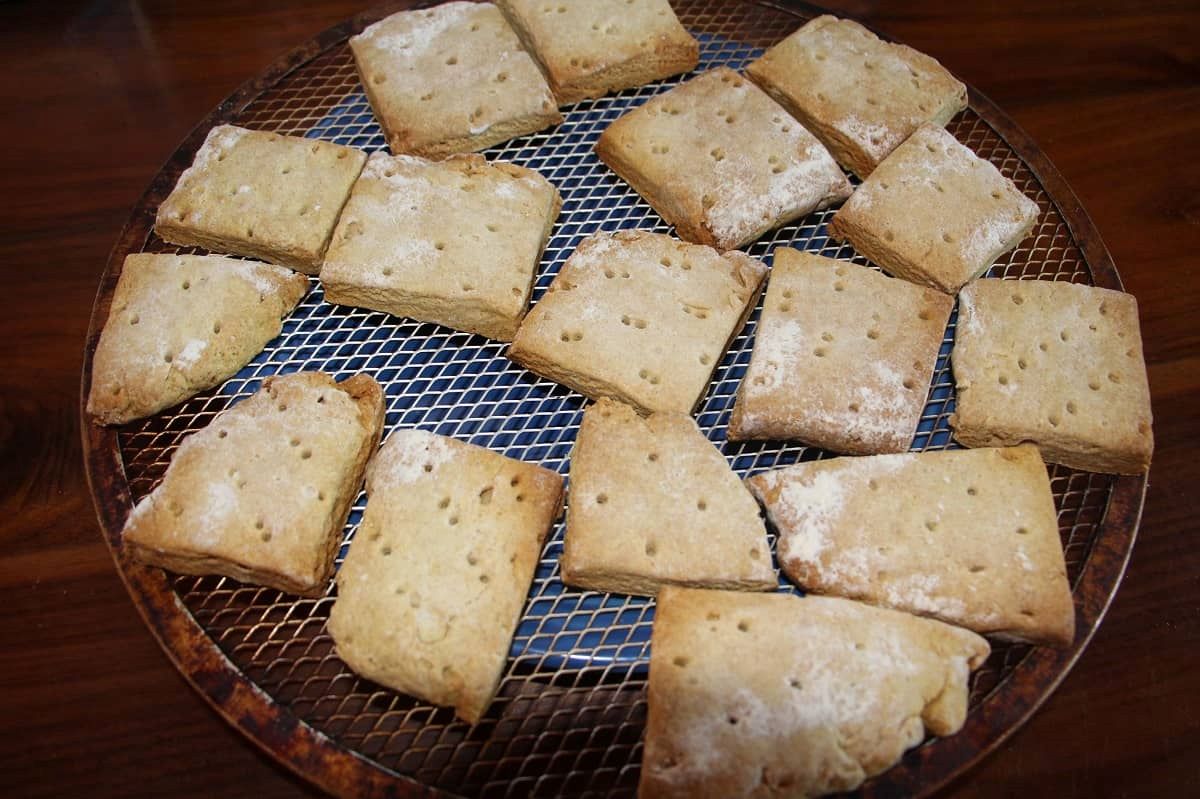
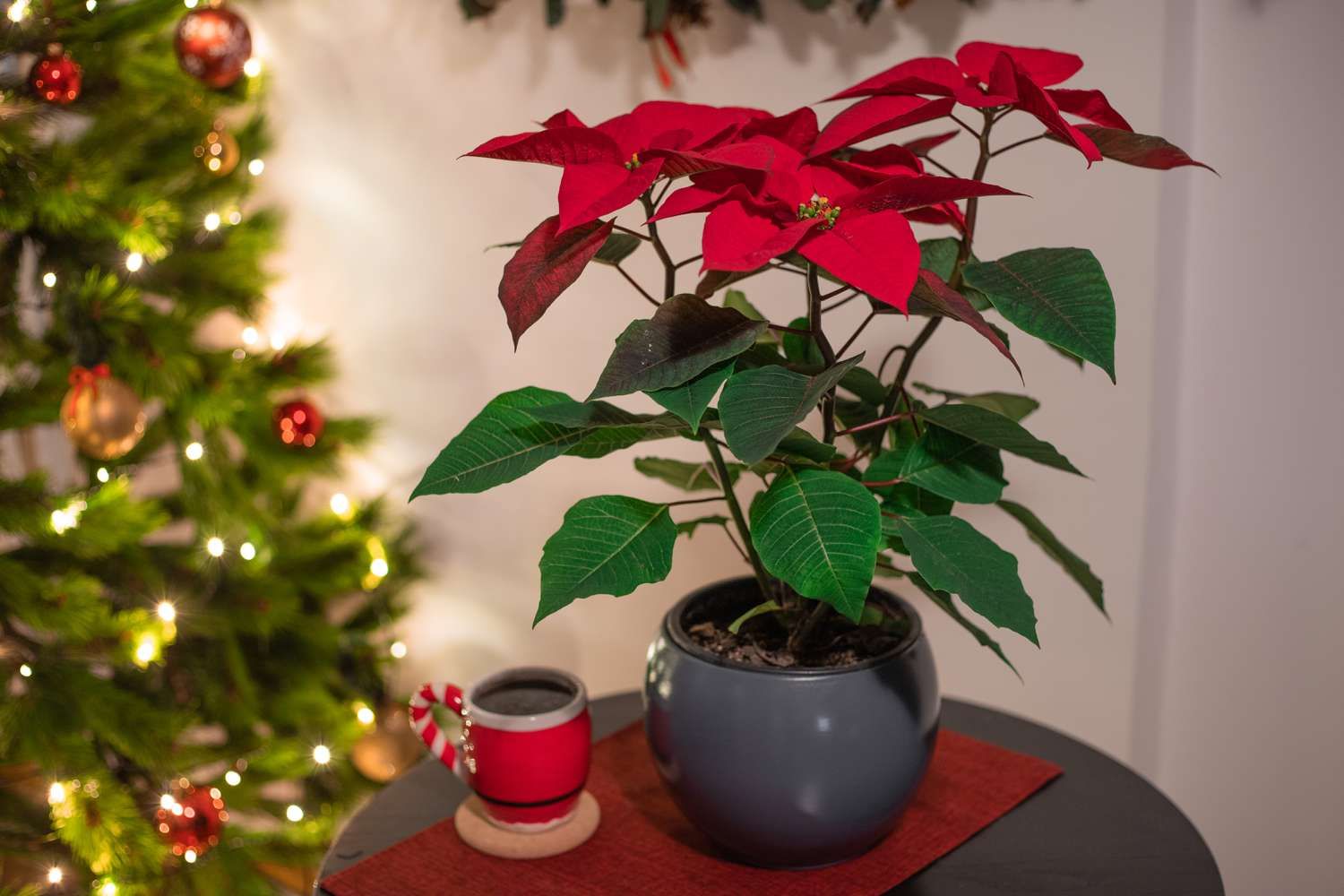
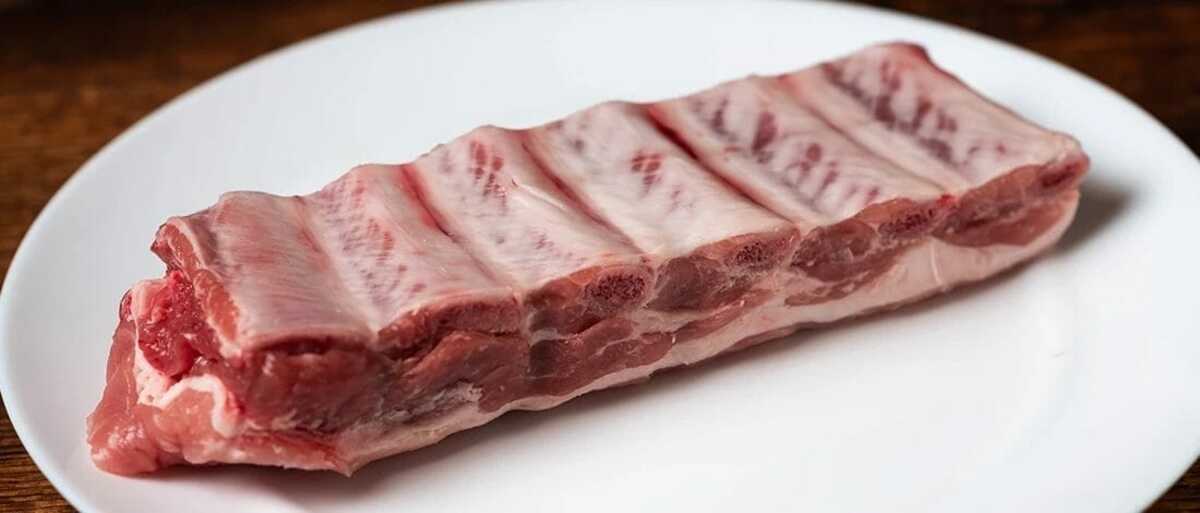
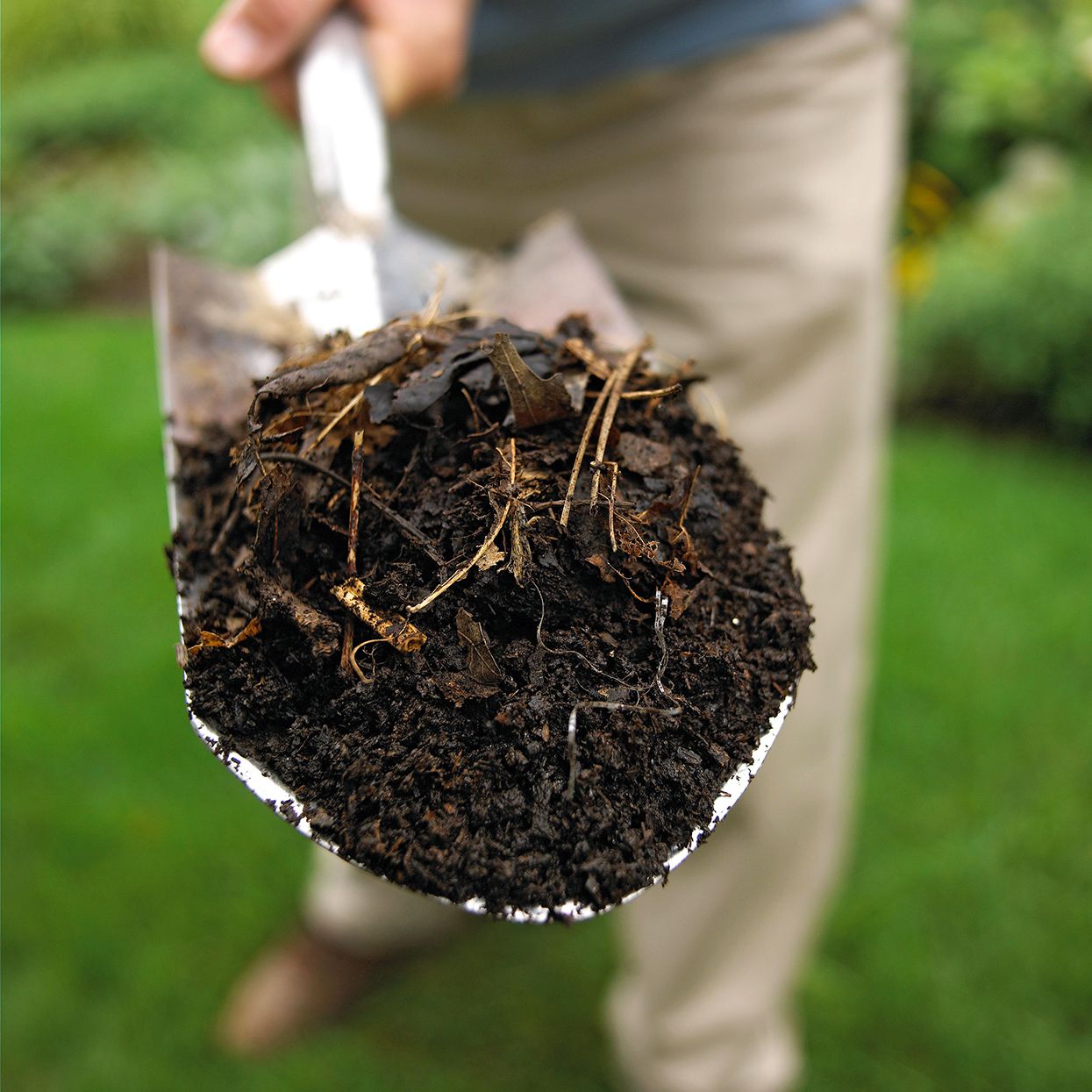

0 thoughts on “How To Store Shrooms”